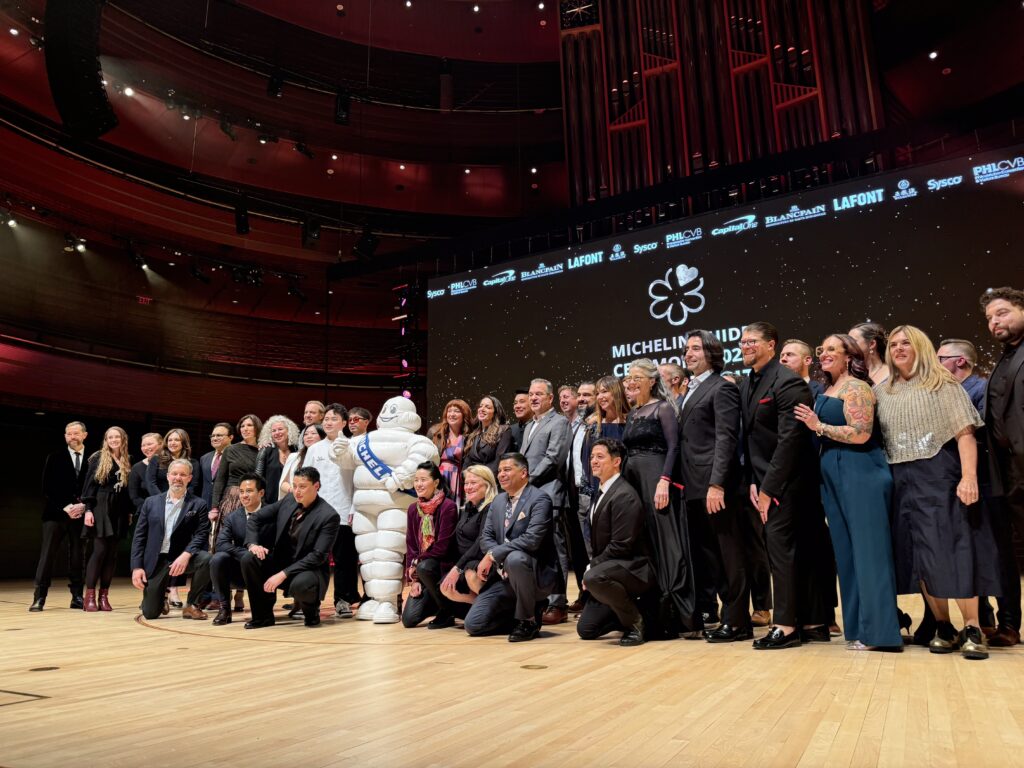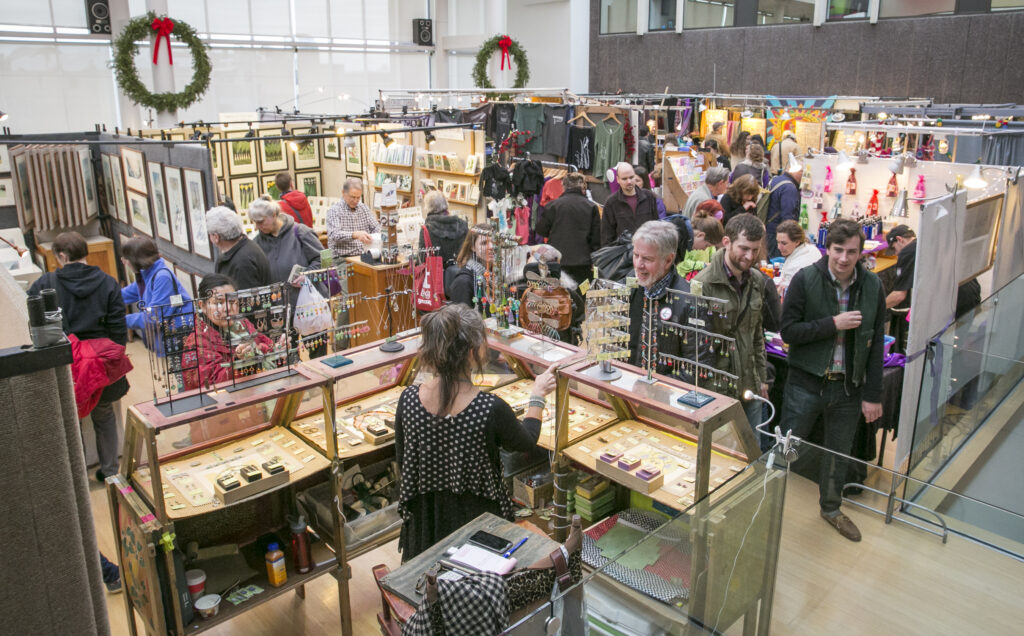Cambridge is more than just the home of Harvard University and a hub of intellectual innovation—it has been at the heart of Massachusetts’ history for centuries, from its Indigenous roots with the Massachusett tribe to groundbreaking milestones that shaped the nation. It witnessed the birth of the American Army, housed the first printing press, founded the first college and led the way with the first same-sex marriage in the U.S.
From sparking American independence to shaping cutting-edge advancements in science, technology, and the arts, this city has long been a place where bold ideas take root and transform the world. As we approach the country’s 250th anniversary, visitors have a unique opportunity to walk through history, standing in the places where revolutionaries gathered, plotted and fought for freedom. From Cambridge Common to Brattle Street, every corner offers a glimpse into the revolutionary fervor that ignited the nation. Following is a list of landmarks to see, including details on those that are open to the public.
The Powder Alarm and Tory Row: A City in Turmoil
The Powder Alarm of 1774 was one of the pivotal moments leading to the American Revolution. On September 1, thousands of colonial militiamen gathered on Cambridge Common in protest against the British seizing gunpowder stores. The mob marched down Brattle Street, demanding the resignation of loyalist leaders like Joseph Lee, whose home at 159 Brattle Street still stands today. The Hooper-Lee-Nichols House is the second-oldest in Cambridge and the headquarters of History Cambridge.
Nearby, the Oliver-Gerry-Lowell House, also known as Elmwood, at 33 Elmwood Avenue offers a powerful reminder of the challenges faced by loyalists during the revolution. The mansion, once owned by Lieutenant Governor Thomas Oliver, was converted into a hospital during the Siege of Boston, highlighting the personal sacrifices and transformations of the era. This historic house is now a private residence.
For those interested in how the city’s leaders lived, 145 Brattle Street was once home to Jonathan Sewall, the last Attorney General under British rule. His mansion was seized by patriots during the Powder Alarm, showcasing the growing resistance to British authority in Cambridge. This location is now the site of the Holy Trinity Armenian Church of Greater Boston.
Longfellow House-Washington’s Headquarters National Historic Site
No visit to Cambridge’s revolutionary history would be complete without exploring 105 Brattle Street, the grand estate once owned by loyalist John Vassall. This home served as General George Washington’s headquarters from 1775 to 1776, marking a crucial moment in the war. It later became the home of Henry Wadsworth Longfellow from 1843 until his death in 1882. Tours of Longfellow House-Washington’s Headquarters are available May through October, allowing visitors the powerful experience of standing in the same rooms where Washington formulated strategies for independence.
Harvard University: A Campus in the Crossfire
The history of Harvard University, the nation’s first institution of higher learning, also intersects heavily with the revolution. During the Siege of Boston, soldiers were quartered in several of Harvard’s historic buildings, including Massachusetts Hall and Hollis Hall. These sites, along with Harvard Hall and Holden Chapel, were home to troops defending the cause of liberty. While all are private buildings, visiting these landmarks offers insight into how higher education played a role in America’s early military efforts.
The Stories of Cambridge’s Patriots
In addition to the grand estates and academic halls, visitors will be moved by the stories of everyday heroes who shaped the nation’s destiny. The private John Hicks House at 64 JFK Street, which is now part of Harvard, honors one of the two Cantabrigians who took part in the Boston Tea Party and later fought in the revolutionary skirmishes. As you explore the streets and neighborhoods where these events took place, the city comes alive with the spirit of its founding patriots.
Perhaps the most personal of these stories is that of Dawes Island, a spot that commemorates the midnight ride of William Dawes on April 18, 1775. Dawes, alongside Paul Revere, rode through Cambridge to warn the colonial militia of British troops marching toward Lexington and Concord, sparking the first battles of the Revolutionary War.
Fort Washington: A Lasting Legacy
For those looking to see the oldest surviving Revolutionary War fortification, Fort Washington stands as a testament to the city’s strategic importance. Constructed in November 1775 under Washington’s orders, the fort served as a key defense post and remains a tangible reminder of Cambridge’s role in the war. Located at 95 Waverly Street, the park is accessible year-round and features preserved earthworks and cannons.
The Prince Hall Monument and His Fight for Freedom
Prince Hall, a prominent figure in Cambridge’s history, was a groundbreaking activist and founder of the first African American Masonic lodge in the United States. His work advocating for racial equality and civil rights has left an indelible mark on both the city and the nation. The Prince Hall Monument, located in Cambridge Common, stands as a tribute to his tireless efforts in advancing freedom and justice for all. This monument, symbolizing the strength and resilience of the African American community, is just one of Cambridge’s many monuments that help preserve and share stories of 400 years of history, innovation, and the fight for independence.
Cambridge’s Revolutionary Firsts and Innovations
Beyond its contributions to independence, Cambridge has long been a city of firsts:
- Innovation Trail: Explore the legacy of invention and discovery in Cambridge, from cutting-edge technology to revolutionary ideas.
- Mount Auburn Cemetery: The first garden cemetery in the United States.
- Harvard University: The first college in America.
- First Same-Sex Marriage: A milestone in the fight for equality, with Cambridge City Hall at the forefront, marking the city as a leader in civil rights.
- Boston Dragon Boat Festival: The first dragon boat festival in the U.S., a cultural and athletic tradition.
- Cambridge African American Heritage Trail: Highlighting the significant contributions and history of African American communities that have shaped Cambridge’s cultural and revolutionary legacy.
And that’s just the start—with so many firsts in Cambridge to explore, we invite you to celebrate Mass250 with us through a virtual scavenger hunt (coming soon!) commemorating Revolutionary Ideas, Revolutionary War Sites, and the Cambridge African American Heritage Trail. Hop on the T and explore the city where so much history has happened—and continues to happen every day. Join us to discover more about these historic milestones and the innovative spirit of Cambridge!
Cambridge, as much as anywhere else, stands as a living testament to America’s fight for Independence. Visit the City of Cambridge’s website which will be updated with news and events throughout the 250th celebration.



